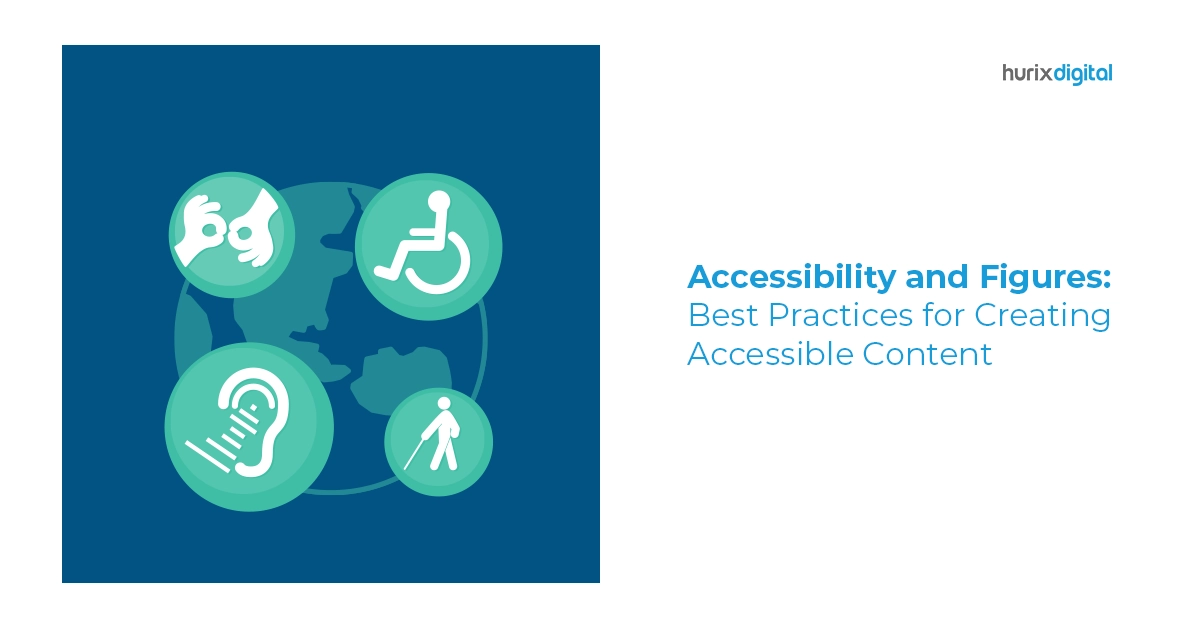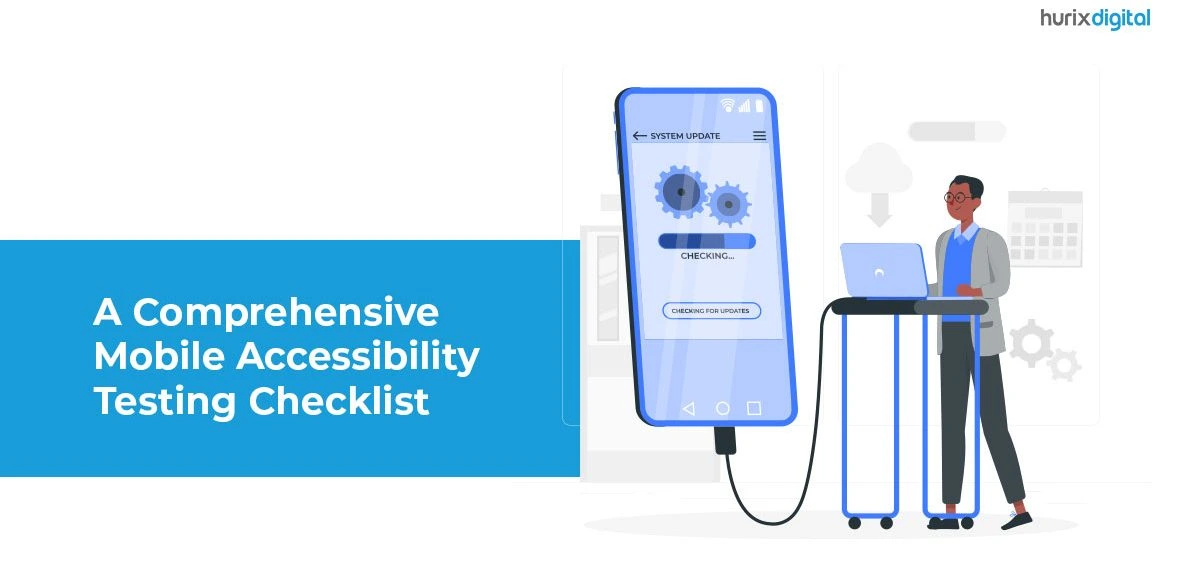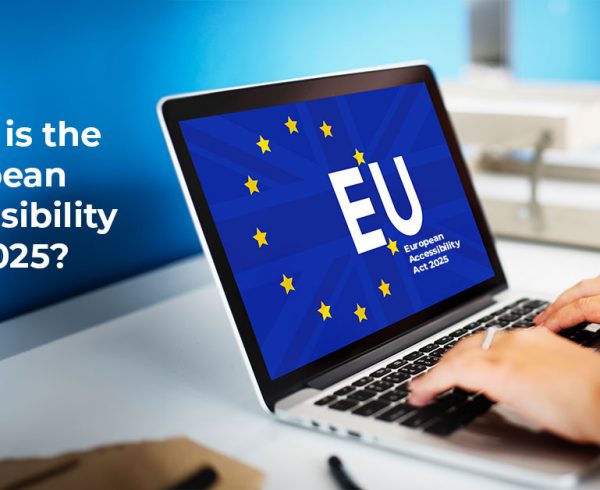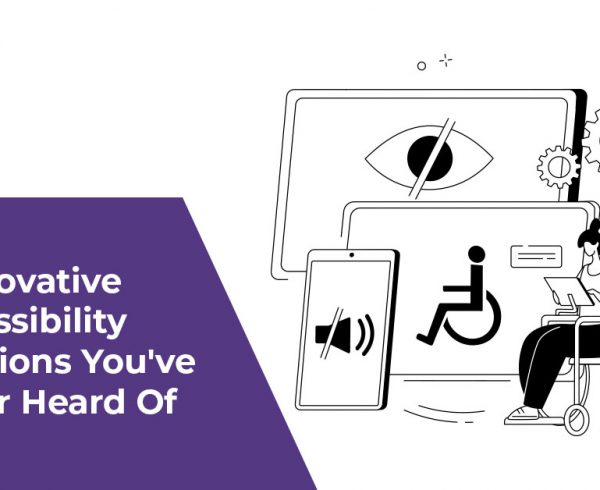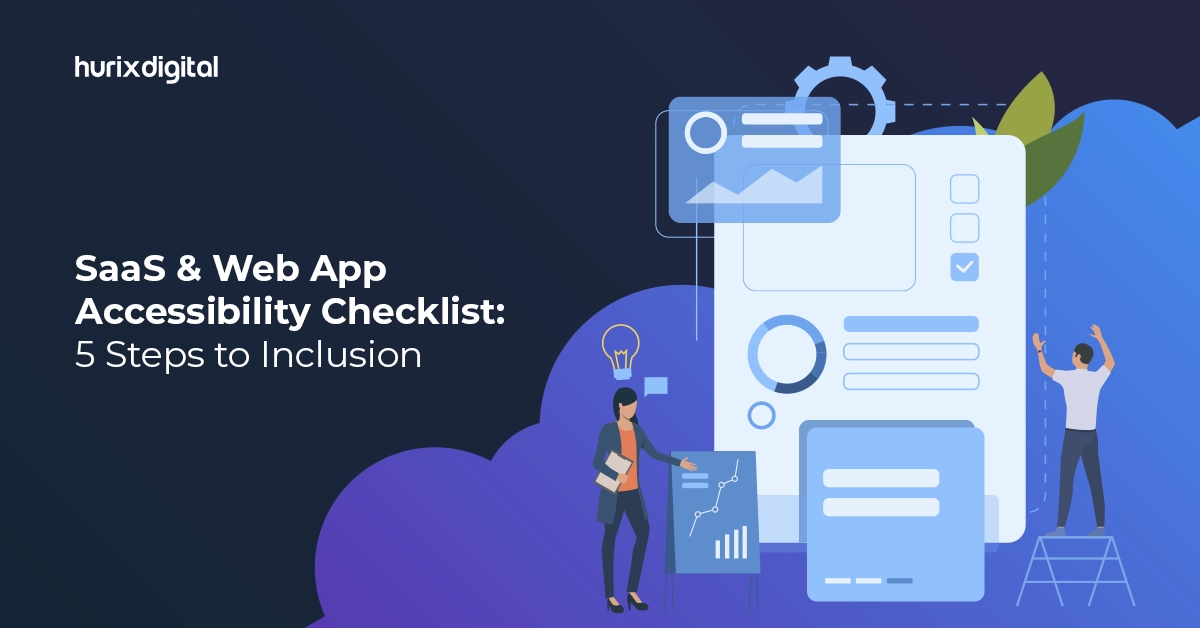As creators and publishers of online content, we have a responsibility to ensure that our material is accessible to all users, regardless of their abilities. Writing accessible content goes beyond just using descriptive alt-text for images and proper heading structures. It also involves making figures and visual elements accessible to everyone, including those with disabilities.
In this blog, we discuss the world of figure accessibility best practices, discussing why it is important, how it can be helpful, and when it should be implemented.
Table of Contents:
- What is Figure Accessibility?
- Why is Figure Accessibility Important?
- How Can Figure Accessibility be Helpful?
- When Should Figure Accessibility be Used?
- Accessibility Solutions for Figures
- Alt Text: The Key to Making Your Images Accessible
- Conclusion
What is Figure Accessibility?
Before we delve into the best practices, let’s understand what we mean by “figure accessibility.” Figures refer to any non-textual elements in content, such as images, charts, graphs, and diagrams. Making figures accessible means ensuring that these visual representations are presented in a way that allows all users to perceive and understand the information they convey, including those with visual impairments or cognitive disabilities.
When creating accessible web content, we should aim to make figures perceivable, understandable, and operable for everyone. This way, users with disabilities can still access the content effectively, and no one is left behind.
Why is Figure Accessibility Important?
The importance of accessibility in web content cannot be overstated. The internet is an integral part of modern life, connecting people to vast amounts of information, opportunities, and services. Excluding users with disabilities from accessing this wealth of knowledge is not only unethical but also against the principles of an inclusive and equal society.
Figures play a vital role in conveying information and often complement textual content. If figures are not made accessible, users with visual impairments miss out on vital information and insights. By implementing figure accessibility best practices, we ensure that our content reaches a broader audience, including those who rely on screen readers, Braille displays, or other assistive technologies.
Moreover, creating accessible content benefits not only people with disabilities but also other users. For instance, individuals with slow internet connections might prefer a text-based description (alt-text) of an image rather than waiting for the image to load. By providing this alternative, we enhance the overall user experience and cater to various user preferences.
Also Read: Prioritize Web Accessibility with Website Redesign & Corporate Rebrand
How Can Figure Accessibility be Helpful?
- Complying with Accessibility Standards: Several countries have laws and regulations in place that mandate accessibility for online content, including figures. By following figure accessibility best practices, you ensure compliance with these standards and avoid potential legal issues.
- Improving SEO and Discoverability: Search engines cannot “see” images and rely on alt-text to understand their content. By providing descriptive alt-text for figures, you improve the chances of your content being found by relevant users through search engines.
- Enhancing User Engagement: Accessible content is user-friendly, and a positive user experience leads to higher engagement and increased return visits. When users can access and understand your figures, they are more likely to interact with your content and find value in it.
- Demonstrating Inclusivity and Social Responsibility: Creating accessible content showcases your commitment to inclusivity and social responsibility. This can enhance your brand reputation and foster goodwill among your audience.
When Should Figure Accessibility be Used?
The short answer: always.
The long answer: Accessibility should be a core consideration throughout the content creation process. Whether you are designing a website, writing a blog, or preparing a presentation, figure accessibility best practices should be applied.
Here are some specific instances where figure accessibility is crucial:
- Websites and Blogs: When adding images, charts, or graphs to your web pages or blog posts, make sure to provide descriptive alt-text and captioning to convey the information effectively to all users.
- Educational Materials: Figures are commonly used in educational resources. Whether you are an instructor creating course materials or a textbook author, ensuring figure accessibility is essential to support an inclusive learning environment.
- Infographics and Social Media: Infographics are popular for conveying information in a visually appealing manner. When sharing infographics on social media or other platforms, include accessible descriptions in the accompanying text.
- Reports and Whitepapers: Data-driven reports and whitepapers often include charts and graphs. Always provide alternative text to make the data accessible to all readers.
Accessibility Solutions for Figures
Now that we understand the importance of figure accessibility, let’s explore some best practices and solutions to implement it effectively:
- Use Descriptive Alt Text: Alt-text provides a textual description of the figure, enabling screen readers to convey the information to users with visual impairments. Be descriptive but concise, capturing the essential details of the figure.
- Provide Captions and Transcripts: For videos or audio content with figures, include captions and transcripts. This allows users with hearing impairments to access the content and understand the information presented.
- Choose Color Contrast Wisely: When using colors in figures, ensure that there is enough contrast between elements. This is essential for users with color vision deficiencies to distinguish between different parts of the figure.
- Use Accessible Charts and Graphs: When creating charts and graphs, opt for simple and clear designs. Ensure that the data is conveyed both visually and through accompanying text.
- Test with Assistive Technologies: Regularly test your content with various assistive technologies to ensure that figures are accessible and functioning as intended.
Alt Text: The Key to Making Your Images Accessible
Alt text, short for “alternative text,” is a crucial element in creating accessible web content. It serves as a textual description of images, providing important context for users who may not be able to see the visuals, such as those with visual impairments or users with slow internet connections.
When adding alt text to your images, be descriptive and concise, conveying the essential information and purpose of the image. Avoid generic phrases like “image of” or “picture of” and instead, focus on the content’s meaning.
Including alt text not only enhances accessibility but also improves SEO by helping search engines understand the content of your images. It also displays in place of an image when it fails to load, ensuring a smooth user experience.
Check out this exclusive Case Study: Hurix Delivers Content that Meets WCAG & Accessibility Standards
Conclusion
Incorporating figure accessibility best practices is not only a legal and ethical requirement but also a way to create inclusive and user-friendly content. By making figures accessible, we open doors to a broader audience, including users with disabilities, slow internet connections, or diverse preferences.
At Hurix Digital, we are committed to creating accessible digital content that empowers all users. If you need assistance in ensuring your content meets accessibility standards, reach out to us. Let’s work together to make the digital world more inclusive and accessible for everyone.


